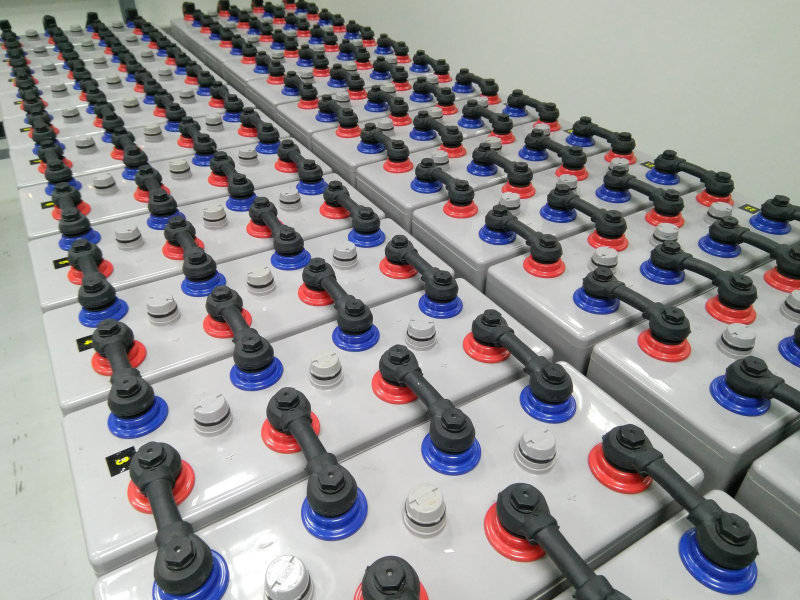Lead-acid batteries can short circuit under various circumstances, leading to potentially hazardous situations. Some common causes of short circuits in lead-acid batteries include:
- Physical Damage: Physical damage to the battery casing, terminals, or internal components can create a short circuit. This damage can occur due to mishandling, impact, or exposure to extreme conditions.
- Corrosion: Corrosion on the battery terminals or connectors can create a conductive path between the positive and negative terminals, resulting in a short circuit.
- External Electrical Shorts: External electrical shorts, such as damaged wires or connections in the battery circuit, can cause a short circuit by allowing current to bypass the intended path and flow directly between the battery terminals.
- Internal Shorts: Internal shorts can occur due to manufacturing defects, aging, or damage to the battery’s internal components. These shorts create unintended connections between the positive and negative plates within the battery, leading to a rapid discharge of energy and potentially causing overheating or even thermal runaway.
- Overcharging: Overcharging a lead-acid battery can cause the electrolyte to heat up and produce gas, which can lead to internal pressure buildup. If the pressure exceeds the battery’s design limits, it can result in physical damage to the internal components and potential short circuits.
- External Heat Sources: Exposure to external heat sources, such as flames, hot surfaces, or electrical arcing, can damage the battery casing and lead to short circuits.
- Improper Installation or Usage: Incorrect installation or usage of the battery, such as connecting the terminals incorrectly or exceeding the battery’s rated voltage or current limits, can result in short circuits.
Short circuits in lead-acid batteries can lead to rapid discharge of energy, overheating, release of hazardous gases, and in extreme cases, fire or explosion. It’s essential to handle and use lead-acid batteries with care, follow proper installation and maintenance procedures, and take precautions to prevent short circuits.


